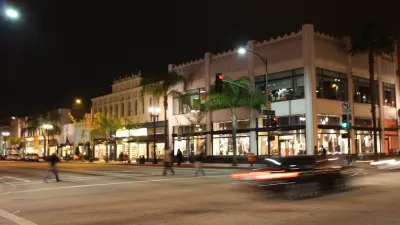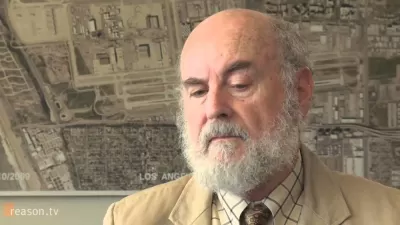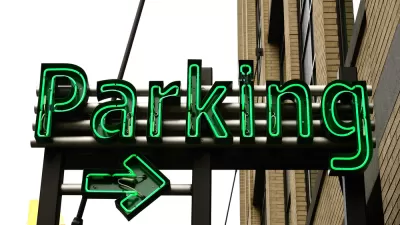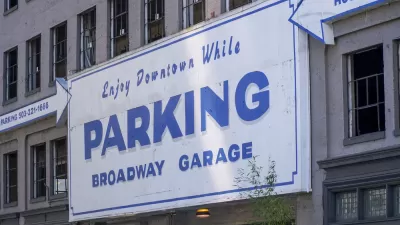The revival of Old Pasadena is one of the truly great urban success stories from the past few decades. The area's comeback was not based on shifting demographics or "political will", writes Colin Marshall, but a less sexy foundation: parking reform.

With its painstakingly preserved historic buildings, crowded streets, and thriving shops and restaurants, Old Pasadena is a model for the type of human-scaled environment that many cities are striving to restore or create. However, the area went through a significant period of decline before reclaiming its former glory.
"A walk through the neighborhood today gives no sense of its sketchy recent past, and people offer a cornucopia of suggestions as to what, exactly, to credit with its thorough revival," notes Marshall. "Shifts in supply and demand, demographic trends, 'political will,' and so on: you can pick the one that best suits your prejudices. For my part, I've heard no more intriguing explanation than the one laid out by UCLA urban planning professor and parking theorist Donald Shoup."
Shoup credits the installation of parking meters, and the decision to dedicate meter revenue to improving the public infrastructure and services in the area, for encouraging building owners to invest in their properties:
They knew the money coming in would come right out the other side and fix their sidewalks, put in new street furniture, put in historic streetlights, put in new street trees, clean up the alleys — just about everything a city can to do fix up the public part of a neighborhood. Once the city had done that, the property owners began to restore their buildings, which didn't make sense beforehand. A lot of new restaurants and stores opened. And Pasadena had $700,000 a year, still, in parking revenue to steam-clean the sidewalks twice a month, to have added police protection, to remove graffiti every night. Now 30,000 or 40,000 people go to Pasadena to walk around every weekend.
FULL STORY: A Los Angeles Primer: Old Pasadena

Alabama: Trump Terminates Settlements for Black Communities Harmed By Raw Sewage
Trump deemed the landmark civil rights agreement “illegal DEI and environmental justice policy.”

Study: Maui’s Plan to Convert Vacation Rentals to Long-Term Housing Could Cause Nearly $1 Billion Economic Loss
The plan would reduce visitor accommodation by 25% resulting in 1,900 jobs lost.

Planetizen Federal Action Tracker
A weekly monitor of how Trump’s orders and actions are impacting planners and planning in America.

Waymo Gets Permission to Map SF’s Market Street
If allowed to operate on the traffic-restricted street, Waymo’s autonomous taxis would have a leg up over ride-hailing competitors — and counter the city’s efforts to grow bike and pedestrian on the thoroughfare.

Parklet Symposium Highlights the Success of Shared Spaces
Parklets got a boost during the Covid-19 pandemic, when the concept was translated to outdoor dining programs that offered restaurants a lifeline during the shutdown.

Federal Homelessness Agency Places Entire Staff on Leave
The U.S. Interagency Council on Homelessness is the only federal agency dedicated to preventing and ending homelessness.
Urban Design for Planners 1: Software Tools
This six-course series explores essential urban design concepts using open source software and equips planners with the tools they need to participate fully in the urban design process.
Planning for Universal Design
Learn the tools for implementing Universal Design in planning regulations.
Caltrans
Smith Gee Studio
Institute for Housing and Urban Development Studies (IHS)
City of Grandview
Harvard GSD Executive Education
Toledo-Lucas County Plan Commissions
Salt Lake City
NYU Wagner Graduate School of Public Service





























